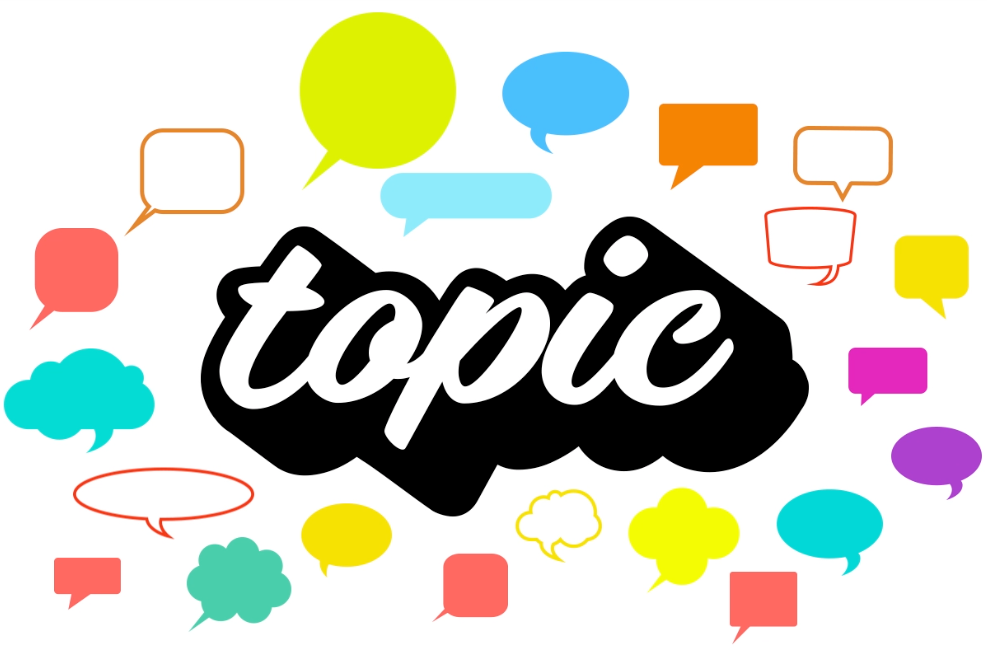Sometimes, the hardest part of writing any paper is just getting started. Once you’ve introduced your topic, the words usually flow a lot easier, but that beginning can be a struggle. The writing process you use will depend a lot on what you’re writing. A literary paper, for example, usually begins with a thesis statement. This statement will briefly and specifically summarize what the paper is about.
Other writings, such as speeches, news briefs, and articles usually introduce the topics a little differently. Mainly, instead of a formal thesis statement, these might just start with a hook or other way of grabbing the reader’s attention. No matter what you’re writing, one thing is the same. You have to find a way to introduce your topic clearly, or you’ll lose the reader before they start. The question is how to do it. Here are some pointers to help you with the task.
Determine your purpose
The first thing you’ll need to do to introduce your topic is to clearly define your purpose. This purpose will usually be to persuade your audience to buy a product, to teach them something, or to argue a particular side of a debate. The purpose can help you determine the best way to introduce your topic. It can also help you determine the tone of your writing and the audience you’re writing for. For example, academic writers might introduce their topics in a more serious light than copywriters.
Stay on topic
The introductory sentence should be to-the-point without a lot of fluff. However, including stories, jokes, or anecdotes in the opening paragraph is highly effective at getting a point across. The key is to keep these musings on topic and free from wandering. In other words, simplify the story and stick to the points that fit into your paper.
Create a hook
The hook is what catches the reader’s attention. It can be a story or anecdote as mentioned before, or it can be as simple as a meaningful quote or an alarming statistic. The hook is best used early in the introduction. And many people also include another one in the closing paragraph.
Outline your paper
Many writers struggle to come up with an introduction before they even begin their outlines, but taking the opposite approach might make things easier. You can outline your paper as loosely as you’d like, and sometimes just getting those initial thoughts on paper can free your mind to form your introduction. It can also make you aware of some points you’d forgotten were important. Professional writers from My Custom Essay actually use this trick.
Give your reader a roadmap
Your introduction should clearly guide your reader to the goal of the paper. It will start with a hook, then briefly introduce the topic. After that, you can include other elements that cement your topic. This could be credibility, why your perspective is unique, or what you hope for them to gain from your insight.
A good example of this is an essay intended to persuade your department at work to go green. You might start with a statistic about how much trash is in our landfills. Then, you would introduce your topic and let them know why you’re writing about it. The next element might be your unique perspective on the topic and why they should listen to you. By the end of the introduction, you’ve hopefully guided them through the process of what you’re writing about, why it’s important, and what you want your readers to learn from it.
Essentially, your introduction is a way of getting an appropriate response from your readers — whether that’s knowledge, change, or inspiration.


